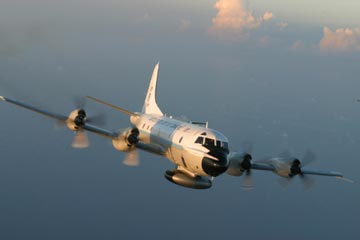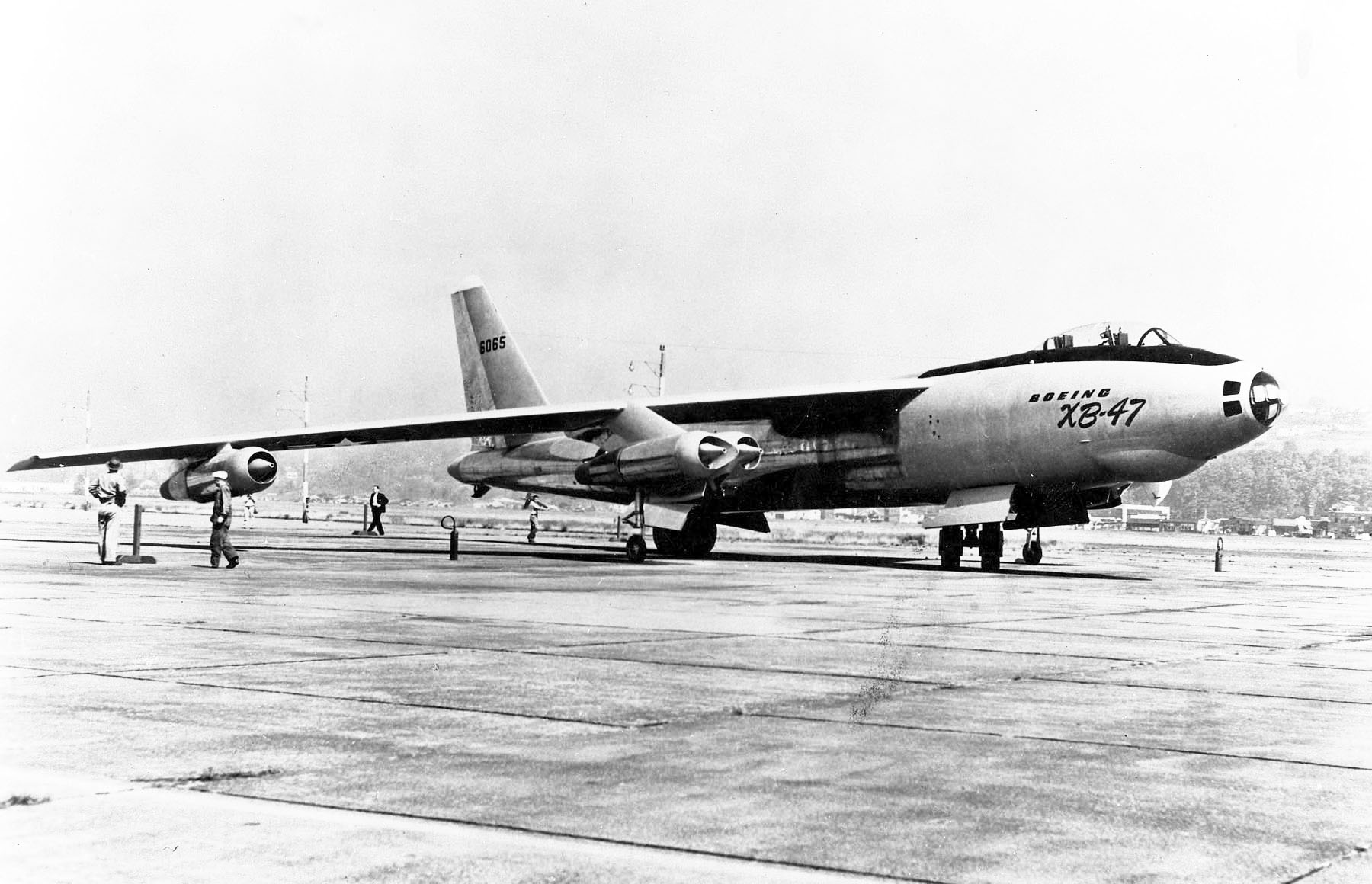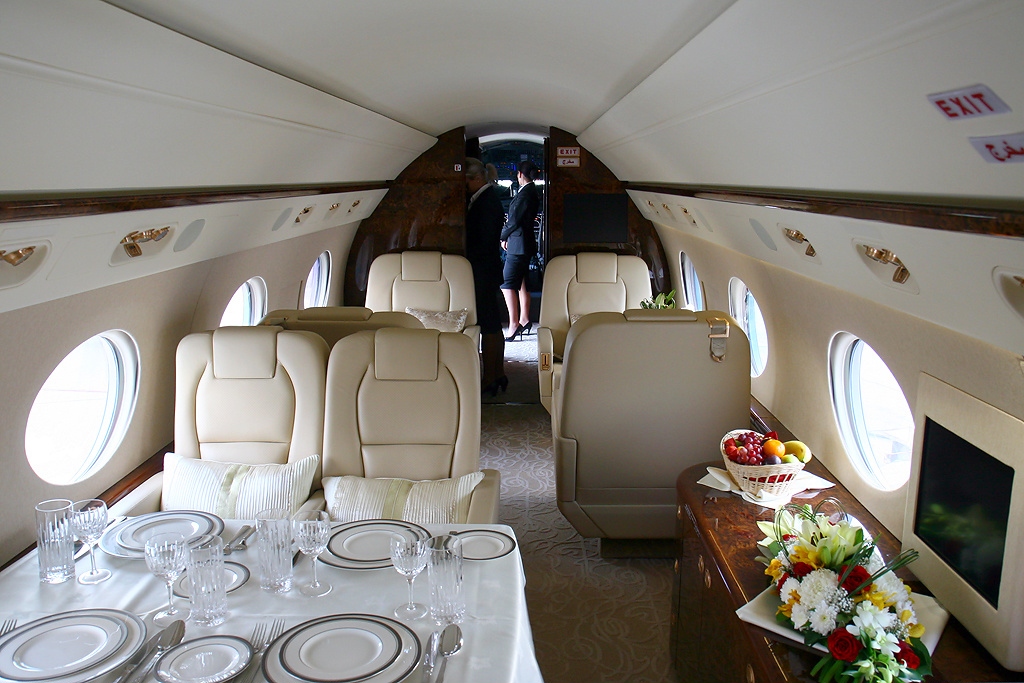|
NOAA Ships And Aircraft
The National Oceanic and Atmospheric Administration (NOAA) operates a wide variety of specialized ships and aircraft to carry out NOAA's environmental and scientific missions. Administration NOAA′s Office of Marine and Aviation Operations (OMAO) operates NOAA′s aircraft and ships. OMAO also manages the NOAA Small Boat Program and the NOAA Diving Program, the latter having as part of its mission the job of ensuring a level of diving skill conducive to safe and efficient operations in NOAA-sponsored underwater activities. A National Oceanic and Atmospheric Administration Commissioned Officer Corps (NOAA Corps) rear admiral serves as both the director of the NOAA Corps and of OMAO. A NOAA Corps rear admiral (lower half) serves as the director of the Marine and Aviation Operations Centers. Manning and resource management NOAA's aircraft and ships are operated and managed by a combination of NOAA Corps officers, NOAA civilians, and wage marine employees. NOAA Corps officers an ... [...More Info...] [...Related Items...] OR: [Wikipedia] [Google] [Baidu] |
Lockheed WP-3D Orion
The Lockheed WP-3D Orion is a highly modified P-3 Orion used by the Aircraft Operations Center division of the National Oceanic and Atmospheric Administration (NOAA). Only two of these aircraft exist, each incorporating numerous features for the role of collecting weather information. During hurricane season, the WP-3Ds are deployed for duty as hurricane hunters. The aircraft also support research on other topics, such as Arctic ice coverage, air chemistry studies, and ocean water temperature and current analysis. Design The WP-3Ds are equipped with three weather radars, C band radar in the nose and on the lower fuselage, and an X-band radar in the aircraft's tail. They are also equipped with the ability to deploy dropsondes into storm systems, and have onboard temperature sensors, and other meteorological equipment. While the aircraft are not specially strengthened for flying into hurricanes, their decks were reinforced to withstand the additional equipment load. It has a ... [...More Info...] [...Related Items...] OR: [Wikipedia] [Google] [Baidu] |
Marine Mammal
Marine mammals are aquatic mammals that rely on the ocean and other marine ecosystems for their existence. They include animals such as seals, whales, manatees, sea otters and polar bears. They are an informal group, unified only by their reliance on marine environments for feeding and survival. Marine mammal adaptation to an aquatic lifestyle varies considerably between species. Both cetaceans and sirenians are fully aquatic and therefore are obligate water dwellers. Seals and sea-lions are semiaquatic; they spend the majority of their time in the water but need to return to land for important activities such as mating, breeding and molting. In contrast, both otters and the polar bear are much less adapted to aquatic living. The diets of marine mammals vary considerably as well; some eat zooplankton, others eat fish, squid, shellfish, or sea-grass, and a few eat other mammals. While the number of marine mammals is small compared to those found on land, their roles in various ... [...More Info...] [...Related Items...] OR: [Wikipedia] [Google] [Baidu] |
Martin B-57 Canberra
The Martin B-57 Canberra is an American-built, twin-engined tactical bomber and reconnaissance aircraft that entered service with the United States Air Force (USAF) in 1953. The B-57 is a license-built version of the British English Electric Canberra, manufactured by the Glenn L. Martin Company. Initial Martin-built models were virtually identical to their British-built twinjet counterparts; Martin later modified the design to incorporate larger quantities of US-sourced components and produced the aircraft in several different variants. The B-57 Canberra holds the distinction of being the first jet bomber in U.S. service to drop bombs during combat. The Canberra was used extensively during the Vietnam War in a bombing capacity; dedicated versions of the type were also produced and served as high-altitude aerial reconnaissance platforms (the Martin RB-57D Canberra), and as electronic warfare aircraft. The B-57 Canberra was also sold to export customers abroad; further combat us ... [...More Info...] [...Related Items...] OR: [Wikipedia] [Google] [Baidu] |
Douglas A-26 Invader
The Douglas A-26 Invader (designated B-26 between 1948 and 1965) is an American twin-engined light bomber and ground attack aircraft. Built by Douglas Aircraft Company during World War II, the Invader also saw service during several major Cold War conflicts. A limited number of highly modified United States Air Force aircraft served in Southeast Asia until 1969. It was a fast aircraft capable of carrying a large bomb load. A range of guns could be fitted to produce a formidable ground-attack aircraft.Wheeler 1992, p. 82. A redesignation of the type from A-26 to B-26 led to confusion with the Martin B-26 Marauder, which first flew in November 1940, some 20 months before the Douglas design's maiden flight. Although both aircraft were powered by the widely used Pratt & Whitney R-2800 Double Wasp 18-cylinder, double-row radial engine, they were completely different and separate designs, with some 5,300 Marauders produced to 2,503 Invaders. Design and development The A-26 was Dou ... [...More Info...] [...Related Items...] OR: [Wikipedia] [Google] [Baidu] |
Douglas DC-6
The Douglas DC-6 is a piston-powered airliner and cargo aircraft built by the Douglas Aircraft Company from 1946 to 1958. Originally intended as a military transport near the end of World War II, it was reworked after the war to compete with the Lockheed Constellation in the long-range commercial transport market. More than 700 were built and many still fly in cargo, military, and wildfire control roles. The DC-6 was known as the C-118 Liftmaster in United States Air Force service and as the R6D in United States Navy service prior to 1962, after which all U.S. Navy variants were also designated as the C-118. Design and development The United States Army Air Forces commissioned the DC-6 project as the XC-112 in 1944. The Army Air Forces wanted a lengthened, pressurized version of the DC-4-based C-54 Skymaster transport with more powerful engines. By the time the prototype XC-112A flew on 15 February 1946, the war was over, the USAAF had rescinded its requirement, and the aircra ... [...More Info...] [...Related Items...] OR: [Wikipedia] [Google] [Baidu] |
Boeing B-47 Stratojet
The Boeing B-47 Stratojet (Boeing company designation Model 450) is a retired American long-range, six-engined, turbojet-powered strategic bomber designed to fly at high subsonic speed and at high altitude to avoid enemy interceptor aircraft. The primary mission of the B-47 was as a nuclear bomber capable of striking targets within the Soviet Union. Development of the B-47 can be traced back to a requirement expressed by the United States Army Air Forces (USAAF) in 1943 for a reconnaissance bomber that harnessed newly developed jet propulsion. Another key innovation adopted during the development process was the swept wing, drawing upon captured German research. With its engines carried in nacelles underneath the wing, the B-47 represented a major innovation in post-World War II combat jet design, and contributed to the development of modern jet airliners. Suitably impressed, in April 1946, the USAAF ordered two prototypes, designated "XB-47"; on 17 December 1947, the first ... [...More Info...] [...Related Items...] OR: [Wikipedia] [Google] [Baidu] |
National Hurricane Research Laboratory
The National Hurricane Research Laboratory (NHRL) is the hurricane research arm of the National Oceanic and Atmospheric Administration. It was formed in December 1964 out of the National Hurricane Research Project, the U. S. Weather Bureau's effort to scientifically examine tropical cyclones in order to make better predictions. Laboratory status signified that this effort was now a permanent part of the Weather Bureau's activities. History Director R. Cecil Gentry supervised the move of NHRL from the Aviation Building near Miami International Airport, to the newly built Computer Center building on the University of Miami's Coral Gables campus in January 1965. They were accompanied by the Miami hurricane forecast office, and the two combined entities were known, at that time, as the National Hurricane Center (NHC). The 1965 hurricane field program centered on researching Hurricane Betsy. Project STORMFURY made plans to seed Betsy to examine hurricane modification methods, but B ... [...More Info...] [...Related Items...] OR: [Wikipedia] [Google] [Baidu] |
Boeing B-50 Superfortress
The Boeing B-50 Superfortress is an American strategic bomber. A post–World War II revision of the Boeing B-29 Superfortress, it was fitted with more powerful Pratt & Whitney R-4360 radial engines, stronger structure, a taller tail fin, and other improvements. It was the last piston-engined bomber built by Boeing for the United States Air Force, and was further refined into Boeing's final such design, the B-54. Although not as well known as its direct predecessor, the B-50 was in USAF service for nearly 20 years. After its primary service with Strategic Air Command (SAC) ended, B-50 airframes were modified into aerial tankers for Tactical Air Command (TAC) (KB-50) and as weather reconnaissance aircraft (WB-50) for the Air Weather Service. Both the tanker and hurricane hunter versions were retired in March 1965 due to metal fatigue and corrosion found in the wreckage of KB-50J, ''48-065'', which crashed on 14 October 1964. Design and development Development of an improved B ... [...More Info...] [...Related Items...] OR: [Wikipedia] [Google] [Baidu] |
Unmanned Aerial Vehicle
An unmanned aerial vehicle (UAV), commonly known as a drone, is an aircraft without any human pilot, crew, or passengers on board. UAVs are a component of an unmanned aircraft system (UAS), which includes adding a ground-based controller and a system of communications with the UAV. The flight of UAVs may operate under remote control by a human operator, as remotely-piloted aircraft (RPA), or with various degrees of autonomy, such as autopilot assistance, up to fully autonomous aircraft that have no provision for human intervention. UAVs were originally developed through the twentieth century for military missions too "dull, dirty or dangerous" for humans, and by the twenty-first, they had become essential assets to most militaries. As control technologies improved and costs fell, their use expanded to many non-military applications.Hu, J.; Bhowmick, P.; Jang, I.; Arvin, F.; Lanzon, A.,A Decentralized Cluster Formation Containment Framework for Multirobot Systems IEEE Tr ... [...More Info...] [...Related Items...] OR: [Wikipedia] [Google] [Baidu] |
WP-3D Orion
The Lockheed WP-3D Orion is a highly modified P-3 Orion used by the Aircraft Operations Center division of the National Oceanic and Atmospheric Administration (NOAA). Only two of these aircraft exist, each incorporating numerous features for the role of collecting weather information. During hurricane season, the WP-3Ds are deployed for duty as hurricane hunters. The aircraft also support research on other topics, such as Arctic ice coverage, air chemistry studies, and ocean water temperature and current analysis. Design The WP-3Ds are equipped with three weather radars, C band radar in the nose and on the lower fuselage, and an X-band radar in the aircraft's tail. They are also equipped with the ability to deploy dropsondes into storm systems, and have onboard temperature sensors, and other meteorological equipment. While the aircraft are not specially strengthened for flying into hurricanes, their decks were reinforced to withstand the additional equipment load. It has a ... [...More Info...] [...Related Items...] OR: [Wikipedia] [Google] [Baidu] |
Aero Commander 1000
The Aero Commander 500 family is a series of light-twin piston-engined and turboprop aircraft originally built by the Aero Design and Engineering Company in the late 1940s, renamed the Aero Commander company in 1950, and a division of Rockwell International from 1965. The initial production version was the 200-mph, seven-seat Aero Commander 520. An improved version, the 500S, manufactured after 1967, is known as the Shrike Commander. Larger variants are known by numerous model names and designations, ranging up to the 330-mph, 11-seat Model 695B/Jetprop 1000B turboprop. Design and development The idea for the Commander light business twin was conceived by Ted Smith, a project engineer at the Douglas Aircraft Company. Working part-time after hours throughout 1944, a group of A-20 engineers formed the Aero Design and Engineering Company to design and build the proposed aircraft with a layout similar to their A-20 bomber. Originally, the new company was going to build three pre ... [...More Info...] [...Related Items...] OR: [Wikipedia] [Google] [Baidu] |
Gulfstream IV
The Gulfstream IV (or G-IV or GIV) and derivatives are a family of twinjet aircraft, mainly for private or business use. They were designed and built by Gulfstream Aerospace, a General Dynamics company based in Savannah, Georgia, United States, from 1985 until 2018. Aircraft power is provided by two Rolls-Royce RB.183 Tay turbofans. Upon delivery of the last G450, over 900 GIV/GIV-SP/G450 units had been produced. The last G450 was delivered on 19 January 2018 after 365 deliveries over 12 years, ending a 30-year production run, to be replaced by the G500. Development Gulfstream, in collaboration with Grumman, began work on the Gulfstream IV in March 1983 as a re-engined, stretched fuselage derivative of the Gulfstream III. The first GIV made its maiden flight on September 19, 1985. The model received type certification from the FAA on April 22, 1987. The G-IV entered into service with serial number 1000 in 1987 and was upgraded to the special purpose ''GIV-SP'' version at se ... [...More Info...] [...Related Items...] OR: [Wikipedia] [Google] [Baidu] |










